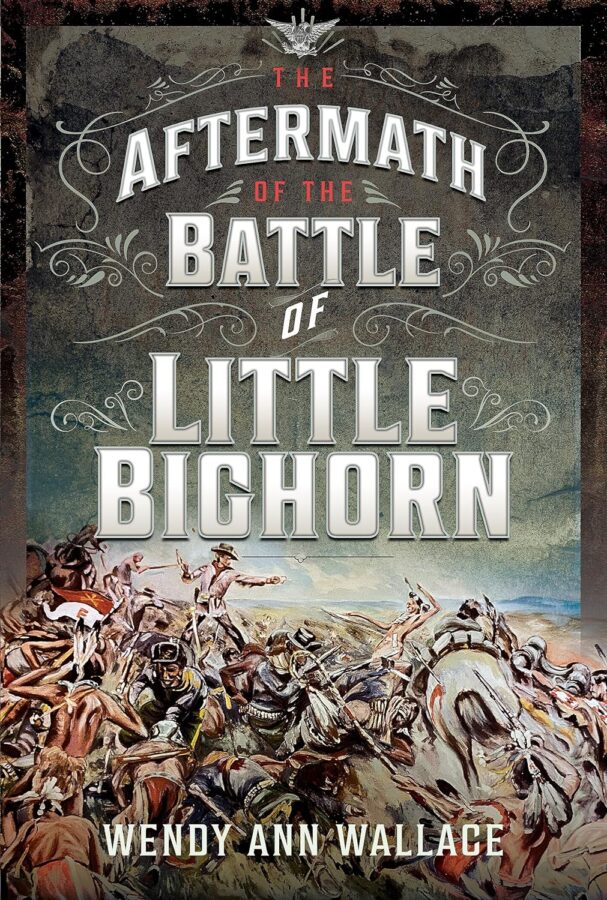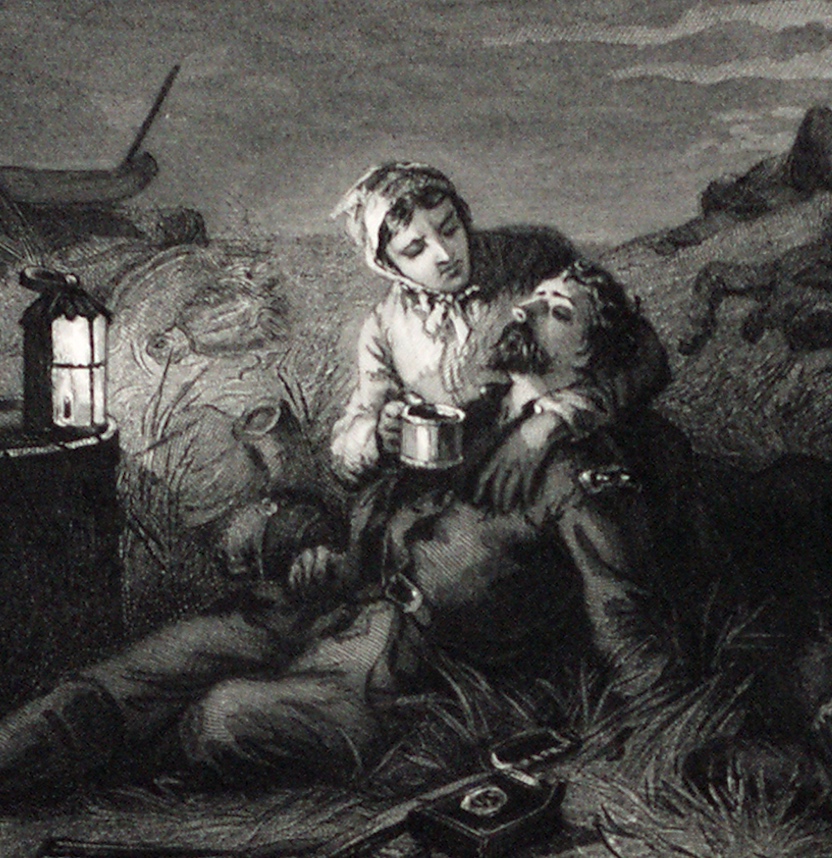The  Aftermath of the Battle of Little Bighorn by Wendy Ann Wallace. Pen & Sword, 2024. Cloth, ISBN: 978-1399046763. $34.95.
Aftermath of the Battle of Little Bighorn by Wendy Ann Wallace. Pen & Sword, 2024. Cloth, ISBN: 978-1399046763. $34.95.
This is the second installment of author Wendy Ann Wallace’s multivolume, “iconoclast” history of George Armstrong Custer and the Battle of the Little Bighorn. In the first volume, Wallace claimed that Custer’s death was, in fact, a conspiracy executed by Generals Sheridan and Sherman, among others, to lead the publicly popular cavalry commander to his death. In evaluating that study, this reviewer questioned the incredulous claims of a conspiracy, especially since the author claimed to have new sources bringing it to light but provided no information in her notes and bibliography as to what (or where) these sources are.
In this volume, Wallace turns her attention to the investigations and inquiries held after the disaster at Little Bighorn and brings the claim of a conspiracy against Custer to bombastic heights. Here, Wallace claims that the army’s upper brass meticulously covered up its actions, painting Custer as a bloodthirsty “glory hound.” Again, the author claims to have based her analysis on new sources, but once more, there is no indication in the nonexistent footnotes and scant “selected” bibliography of what those sources are. And there is plenty to doubt about this alleged conspiracy, simply on the face of the established facts.
The same brush strokes that would tarnish George Armstrong Custer’s legacy ultimately painted President Grant and Generals Sherman and Sheridan—among others—in an equally dim light. This was not a nefarious conspiracy, but rather the general revulsion of literary figures, government reformers, and the public at large to the tireless violence between U.S. soldiers and American Indian Nations that filled U.S. and European newspaper columns since the close of the Civil War.
The most famous artifact of public outcry against the Grand Army of the West from this period was the book A Century of Dishonor, published in 1881 by Helen Hunt Jackson, a New England author and advocate for reform in U.S.-American Indian Relations. The fact that neither the book nor Jackson herself merit mention from Wallace certainly raises the brows of this reviewer. Jackson famously gifted her book to incoming President James A. Garfield (who himself faced accusations that he swindled Chief Charlot and the Salish out of their homes in Western Montana’s Bitterroot Valley) and every member of Congress, inscribed with a note: “Look upon your hands: they are stained with the blood of your relations.” In the volume, Jackson excoriated the military for the broken promises of the treaties. She also took the army to task for its heavy-handed reactions to perceived Indian treaty violations. In particular, she harangued the army’s multitudinous treaty failures that ignited the Sioux War of 1876-1877, as well as the shameful failures of diplomacy in the fall of 1877, which caused Chief Joseph and the Nez Perce’s doomed flight toward Canada.
Jackson’s book initiated a period of reform in the 1880s, whereby Henry Laurens Dawes, Carl Schurz, and other “Friends of the Indian” largely took the responsibilities of Indian Agency administration from the military and placed it more directly into the hands of civilian-appointed superintendents under the oversight of Congress, laying the foundations for modern U.S.-Indian administration. While Custer may have indeed, as Wallace suggests, become the popular scapegoat for the U.S. Cavalry’s violence and misdeeds in the West, at the time and in the professional historical literature, no one involved in the disasters of the ironically named Peace Policy escaped blame, embarrassment, or the diminishment of their public reputation.
Wallace’s folly in this volume is her search in vain for specific cases of nefariousness in an age of general incompetence and corruption. Grant’s Peace Policy was monstrous in its intentions to assimilate American Indians—and disastrous in its efforts to implement them. Scholars like Frederick Hoxie and Francis Paul Prucha have long recognized the Indian Bureau as a hotbed of spoils-system corruption and incompetence. To use the appropriate Montanan terminology, Wallace has gotten lost panning for Fool’s Gold.
Aaron David Hyams teaches history at Sam Houston State University.
